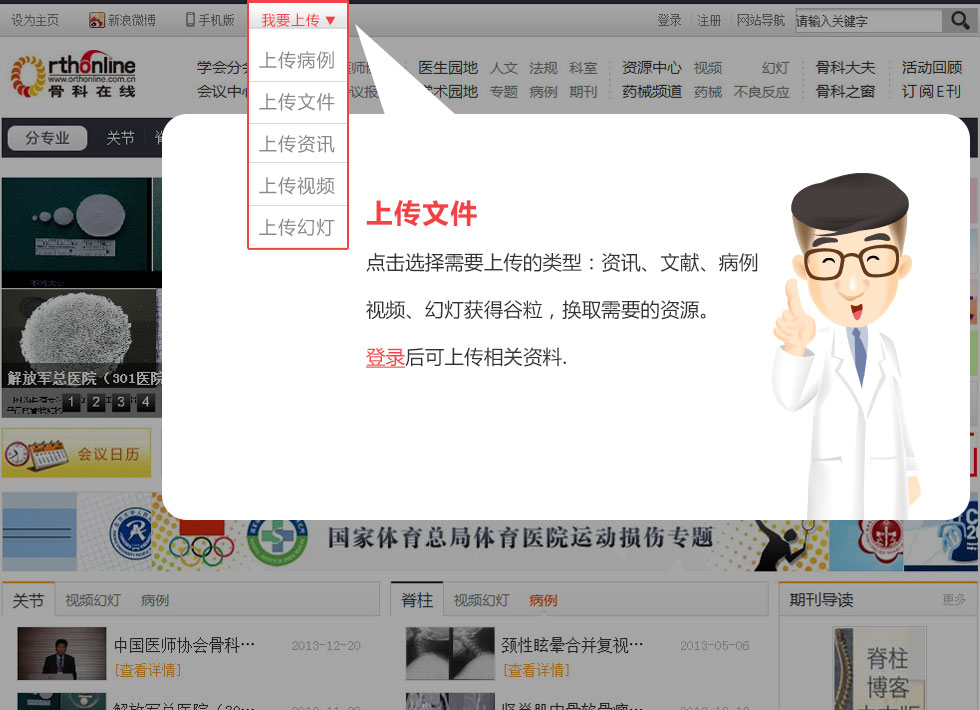Anti-Glucosaminidase IgG in Sera as a Biomarker of Host Immunity Against Staphylococcus aureus in Orthopaedic Surgery Patients
第一作者:Nina Gedbjerg
2013-11-22 点击量:633 我要说
Nina Gedbjerg1; Rachel LaRosa1; Joshua G. Hunter,John J. Varrone
Stephen L. Kates,Edward M. Schwarz,John L. Daiss
Staphylococcus aureus infections remain a major complication of orthopaedic surgery. Although serum C-reactive protein is useful for diagnosis, there are no specific tests for host immunity that can assess a patient’s risk for serious infection. On the basis of the identification of glucosaminidase as a potentially protective antigen in animal models, we tested the hypotheses that anti-glucosaminidase IgG (immunoglobulin G) levels vary in sera of mice and orthopaedic patients with Staphylococcus aureus infections and that physical and neutralizing titers correlate.
Methods:
In vitro ELISAs (enzyme-linked immunosorbent assays) were developed to quantify binding (physical) and enzyme-neutralizing (functional) anti-glucosaminidase IgG titers. The assays were validated with use of sera from naive, Staphylococcus aureus-challenged, and glucosaminidase-immunized mice. The physical, functional, and isotype titers of anti-glucosaminidase IgG were measured in sera from twenty-four patients with a confirmed Staphylococcus aureus infection following orthopaedic surgery and in sera from twenty noninfected patients. The specificity of the anti-glucosaminidase assay was evaluated by means of linear regression and receiver-operator characteristic curve analysis.
Results:
In mice, the analytic range of the physical titer assay for anti-glucosaminidase IgG was determined to be 1 ng/mL to 1 μg/mL, and physical titers correlated with functional titers (p < 0.002). Although all patients had measurable anti-glucosaminidase IgG, the physical titers in the infected patients were significantly higher by a factor of two compared with those in the healthy controls (p = 0.015). The physical titers were significantly correlated with the functional titers (p < 0.0001). Receiver-operator characteristic curve analysis demonstrated a diagnostic specificity of 0.72 (p = 0.014) for the assay. The anti-glucosaminidase titer in almost every patient was dominated by the IgG1 isotype.
Conclusions:
Humoral immunity against glucosaminidase varied in mammals with Staphylococcus aureus osteomyelitis. Anti-glucosaminidase titers in sera were a potential biomarker of infection and have the potential to assess the quality of host immunity against Staphylococcus aureus.
Clinical Relevance:
Staphylococcus aureus infections can be challenging to diagnose, and there is no diagnostic test for host immunity. We demonstrated a cost-effective assay for determining the anti-glucosaminidase titer, which can be readily combined with conventional serology to improve diagnosis and to assess host immunity against Staphylococcus aureus.





 京公网安备11010502051256号
京公网安备11010502051256号